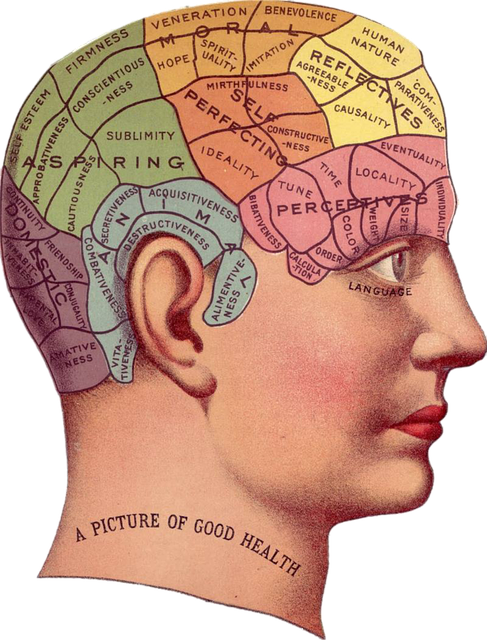The respiratory center

The respiratory center in the brain regulates our breathing. It activates the respiratory muscles in the chest and abdomen. The acidity level in the blood determines how often that happens (the respiration rate). Carbon dioxide (CO2) receptors in the brain measure the acidity level for this purpose. The acidity increases and decreases as a result of the amount of carbon dioxide in the blood. CO2 is a waste product from the combustion processes in our organs and muscles. The blood absorbs a part of it. We exhale the remainder.
The carbon dioxide level rises and falls
With increased activity of the body – like sports – the muscles burn more. This results in more CO2 in the blood. The acidity level rises. This makes the breathing center more active. We will then breathe faster. That is also necessary at such a time, because the extra combustion requires more oxygen. When we are at rest, we burn less. The amount of CO2 in the blood falls. This reduces the acidity. The breathing center responds by controlling the breathing at a slower pace.
The respiratory center and chronic hyperventilation
The respiratory center can get used to a lower acidity than normal. As a result, it will increase the respiratory frequency structurally. The trigger to breathe comes a little too fast with every breath. We then breathe more than physically necessary. This we call chronic hyperventilation.
It also works the other way around. The respiratory center can get accustomed to a higher acidity than normal. In that case it will reduce the respiratory frequency structurally. The trigger to inhale will come later with each inhalation. It is therefore possible to change the respiratory frequency structurally. If we can get the breathing center accustomed to a higher acidity, then we can cure chronic hyperventilation.
We also call this increasing the tolerance of the respiratory center for carbon dioxide increases. And that has proven to be the best method to cure chronic hyperventilation. Because this addresses the problem at the source. For a detailed explanation, see the articles on curing chronic hyperventilation and the HyperVen therapy.

 the respiratory center
the respiratory center hyperventilation symptoms
hyperventilation symptoms